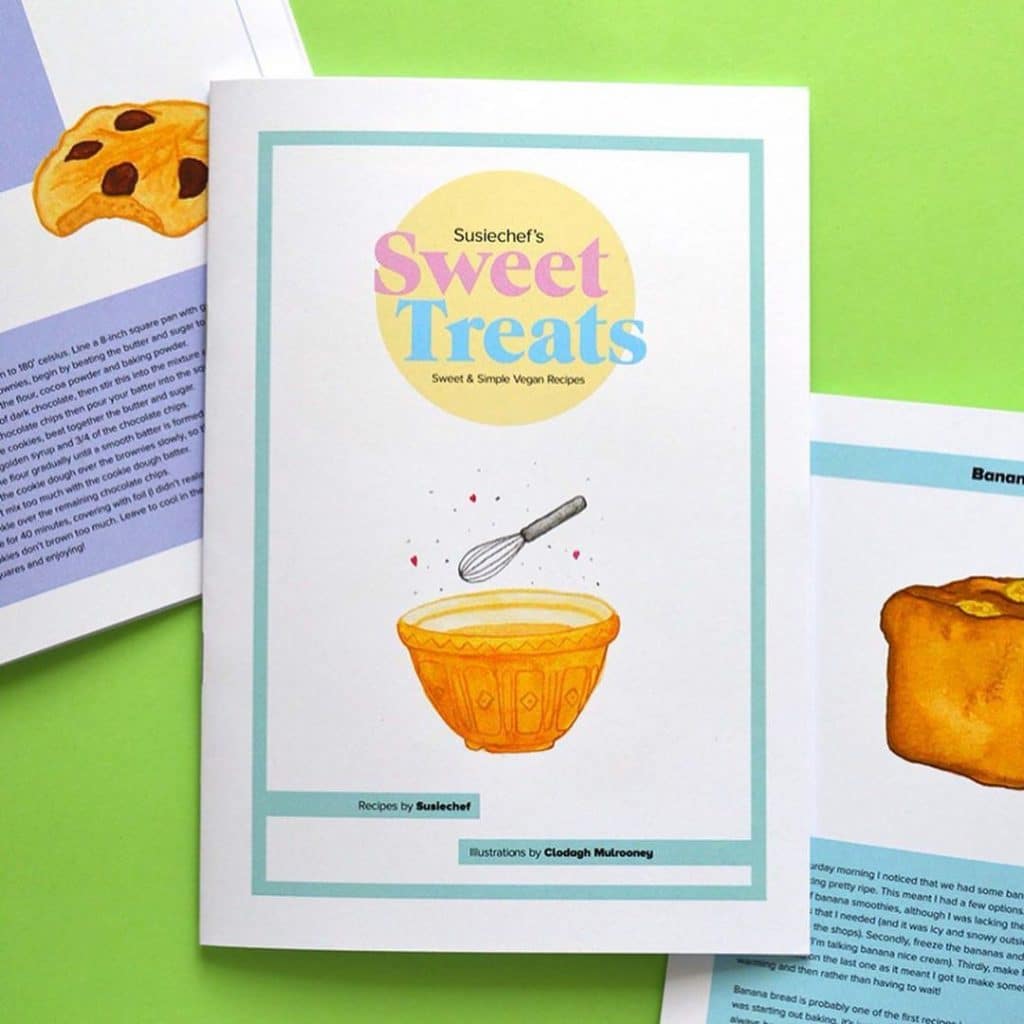Most people gush about grandma’s apple crumble or the smell of mum’s cooking, reminiscing about recipes their relatives used to make when they were children. But these delicious meals need not get lost in time, as making a family cookbook could keep these recipes safe – and loved – forever.

Re-creating dishes you remember for your own kids, friends and family can be a very nostalgic process. The scent of spaghetti Bolognese bubbling away on the stove, or the feeling of buttery toffee getting stuck between your teeth can bring you back to your childhood, showing just how impactful food can be when it is tied with memories.
As The Family History Guide says: “Family recipes are a way of keeping our loved ones alive while we dice, stir, simmer and bake!”
“Preserving and using family recipes can open the door to sweet emotions from the past that are accessible anytime,” it went on to say.
Many people understand the sentimental importance of keeping family recipes, which is why lots of us have our favourite meals scribbled down on pieces of paper, stained with time and probably some ingredients too.
However, these don’t often successfully survive through generations, as ink fades, paper tears and more and more grease and flour cover the pages.
That is why it is a good idea to consider paperback book printing some of the most loved recipes, so dad’s meatloaf and your aunt’s tiramisu can be enjoyed for years to come by your children and your children’s children.
However, if you do decide to turn family favourites into a recipe book, don’t wait until it’s too late, as the best chefs to proofread the recipes are the ones who created them themselves.
Lisa Goldberg, founder of the Monday Morning Cooking Club, told The Guardian it is a good idea to check the recipes with the original creator, as often they can write them down wrong, particularly as the method comes so naturally to them.
Of course, you might not be fortunate enough to have existing relatives who can offer this guidance. In this case, Ms Goldberg recommends trying to remember everything you can about the recipe – its flavours, smells and tastes – to work out what might be missing from the meal.
“Even if you don’t have surviving family, with this information you can search online, or reach out to people through Facebook groups who may help you identify the dish,” the article stated.
If you want to include a dish that you can’t find the recipe for, it is also worth asking other members of the family in case they had been given it.
“Ask your mum, sisters, cousins and other family members about the dishes they remember. They might actually have that corn and oyster recipe that grandma always made,” Passing Down The Love suggested, adding: “Then ask them to share their favourite family recipes with you to include in the book.”
As family recipes are so emotionally charged, why not include an anecdote or personal story about some of them in your book?
Think about when this dish was typically served, who was it made for, how you felt eating it, what special occasions did it come out on and, of course, who created it in the first place.
“Include any details you can remember, or that others have contributed, to make this recipe even more valuable to the next generation,” the blog suggested.
Looking for a reliable printing company?
Get an instant quote